What Is Art Therapy?
It goes without saying that art has an extremely powerful effect on the human psyche, but to what extent is open to debate. The many myths circulating art therapy include that it is only accessible to artists who can already create art, or to young children and those who can’t communicate. Delving a little deeper into art therapy shows that it is open to anyone and everyone.
Art Therapy Technique
While art therapy covers many different approaches and techniques, one of the most common is abstraction. Ashton Boyd, a Bluethumb artist who has experience in facilitating art therapy classes calls the practice nothing short of amazing. “It allows us to express ourselves without words; the artworks created in my classes became a powerful platform for communication.” Ruby Stevens, an art therapist who gained experience in youth mental health foundation Headspace, says that a common theme for people she comes into contact with is a presence of anxiety, and an interest in art.
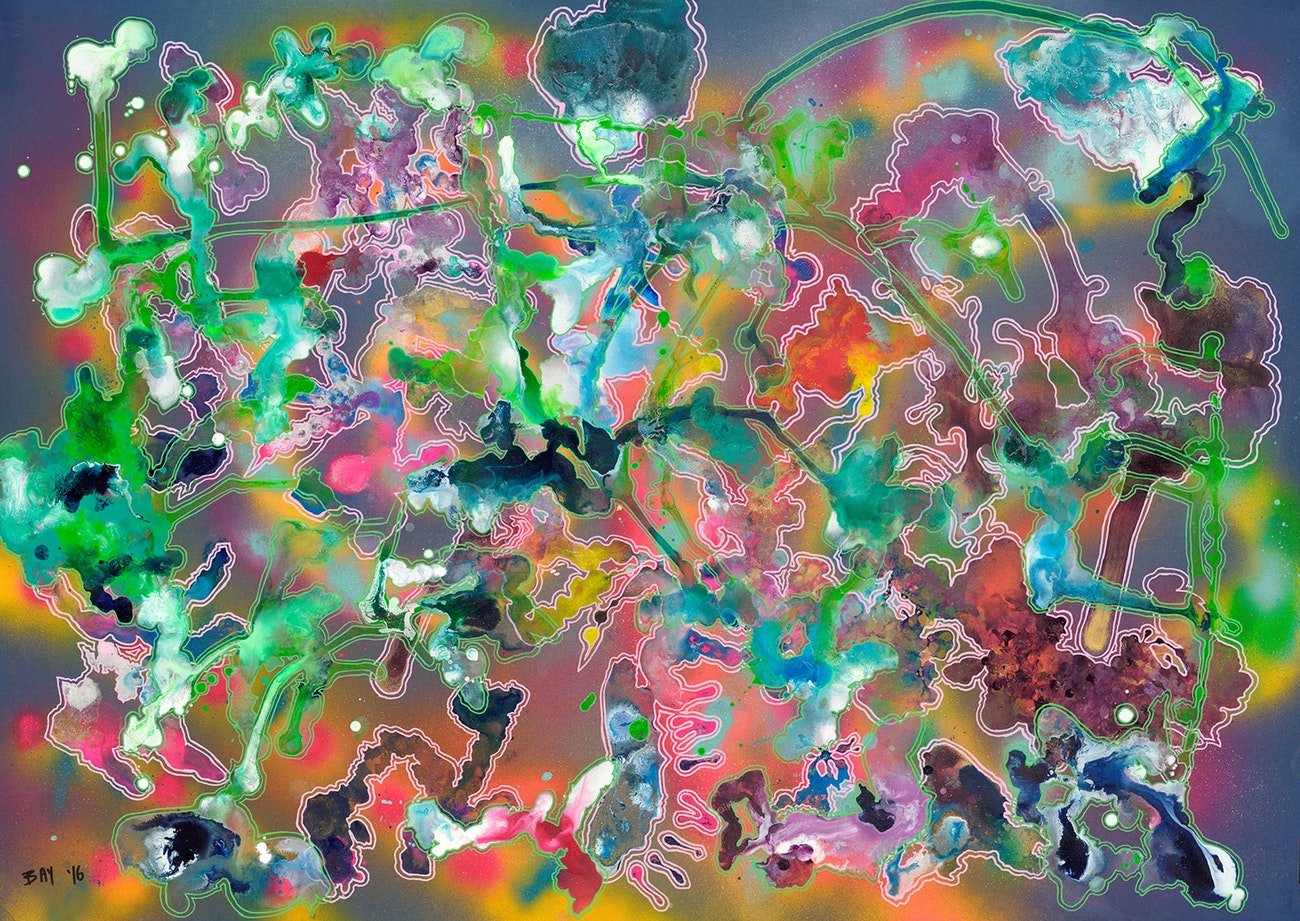
‘Galaxy‘ is part of the Mind Map series, where Ashton explores identity and wellbeing under the name Bay The Artist
The very nature of art therapy allows those who are going through difficult or testing periods in life to create something that, for them, perfectly depicts their emotions. “I have found that when you are suffering from mental health issues, you are often overwhelmed with so many emotions and thoughts, that it can be hard to articulate and put in to words what is going on,” Ashton explains further. “Even if you know you need help, you don’t always know how to explain what you’re feeling. This is why art therapy is so great. With art, you are free to express everything and anything. Art can provide connection as well, which is something that people often struggle with.”
Art uses the right side of the brain, which is known to be the creative side. “In traditional therapy we normally have rely on the left side, the analytical side to talk about ourselves, which can be difficult for many people and not always successful, “Ashton says. “With art therapy, we can generally get to the heart of some issues faster, because it’s pure expression. We can spend less time thinking about trauma and more time expelling those negative emotions. It can be quite liberating for many.”
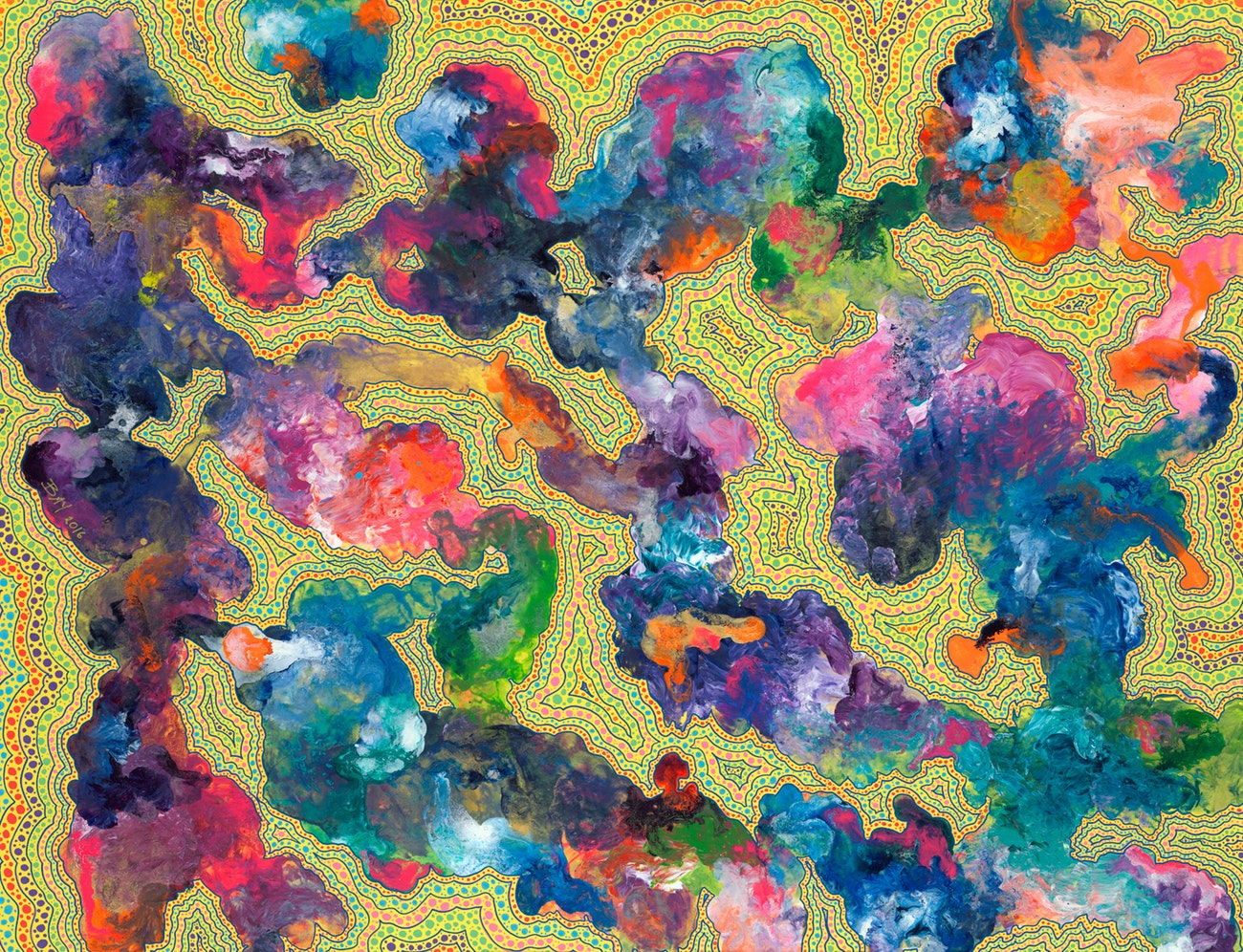
Yellow, another piece taken from the Mind Map series, explores positivity and happy moments through bright and uplifting colours
Art Therapy Outcome
Through regulated art therapy sessions, Ashton found that some people may not realise what they have communicated until after they’ve finished, and are reflecting on their creations. “Considering their colour choices and shapes can encourage general feelings of relief or sense of achievement at finally being able to express something,” Ashton explains. As the process of art therapy is the fundamental part of the practice, what we choose to do with the final product can also be turn into part of that process. “Some people prefer to draw a picture and then tear it up after. Art is really a vessel to hold thoughts and emotions outside of your body.” Ruby has seen clients throw the work away, keep the piece as part of an archive, or offer it to her. Ruby has also worked with clients both in individual and group sessions. She found that while individual sessions may allow a client to go deeper into the activity, group sessions provide room for connecting with others, as well as nurturing a relationship between the client and the therapist.
What’s in store for the future of art therapy is unclear, but very few would doubt its essential place in healthcare. As Ashton states, “Art is paramount, and we are only just seeing the beginning of art therapy’s myriad of benefits in recovery and wellbeing.”

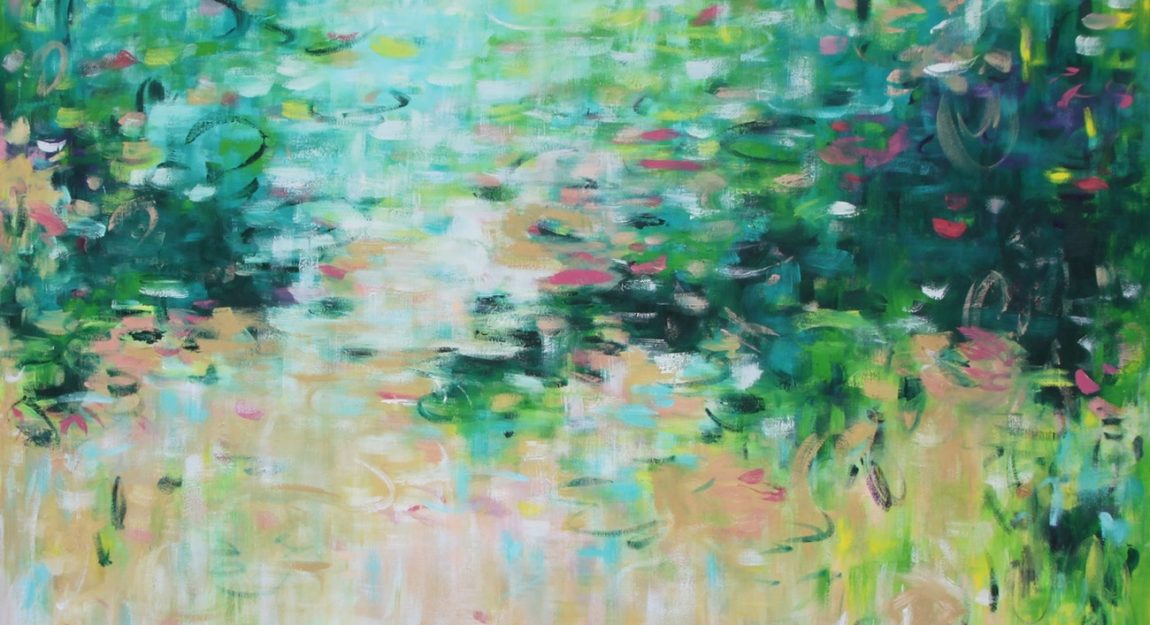
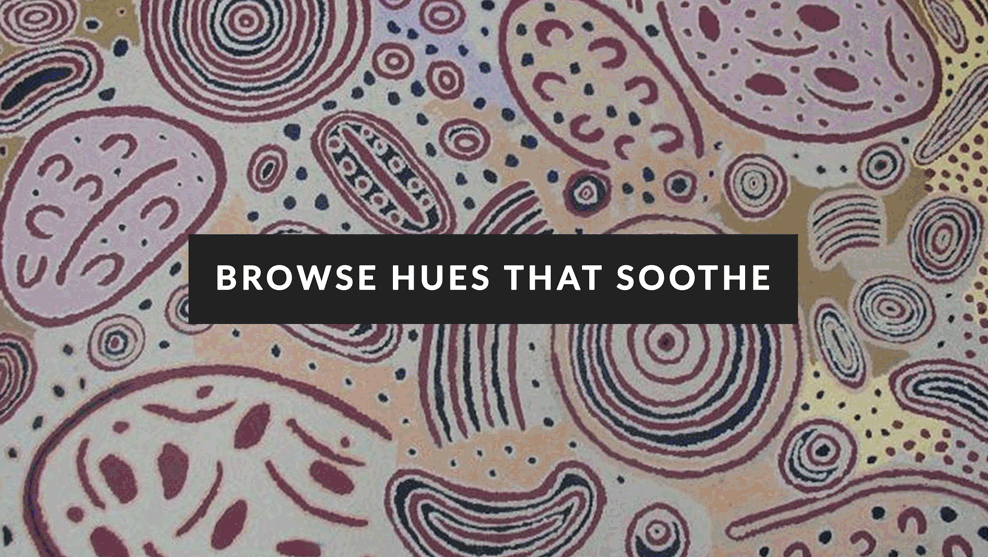
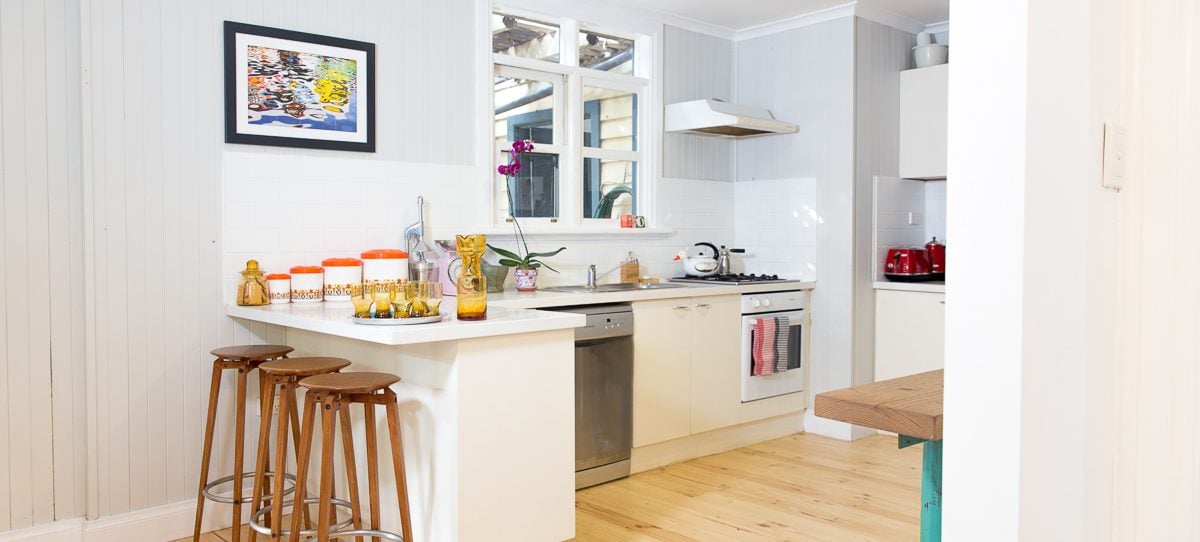
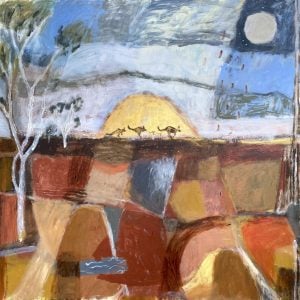

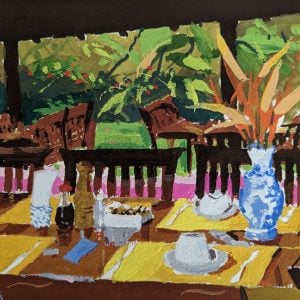






I started my career as a support worker. I worked with lots of people, I was a carer. That was my job, as I worked for an agency.
I was able to travel because of saving money. However my main thing has been art. I did not do well at school, went to college got a good grade in art and psychology.
After travelling and doing support jobs with people. I realised that being with people, doing art and supporting people was the best thing. I did an art therapy course in the UK.
Worked in the Uk then moved to Australia. I find myself in a art studio with amazing artists. Been working for 8 years. Very thankful for having a opportunity to combine art and supporting people who have mental health. Myself included.